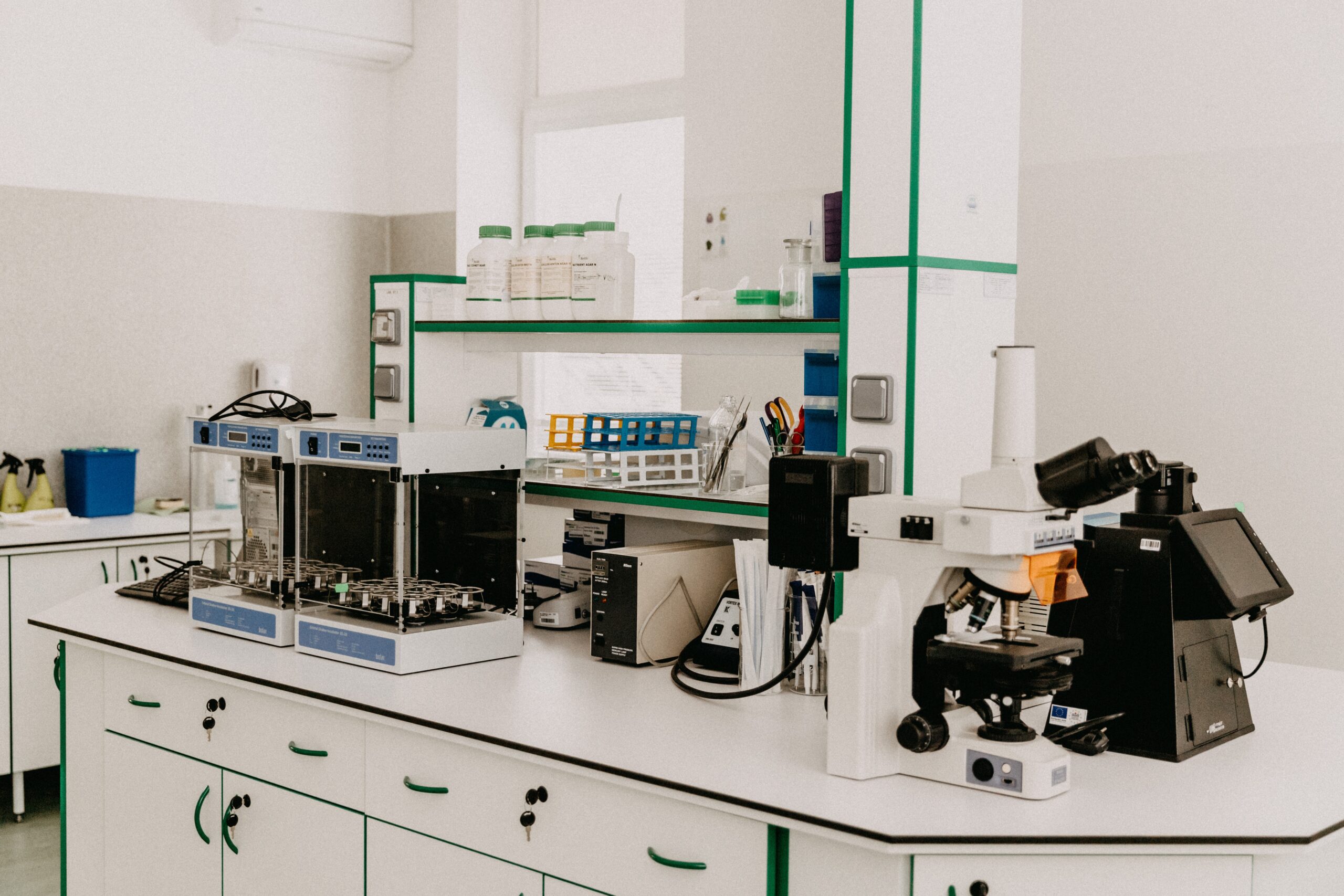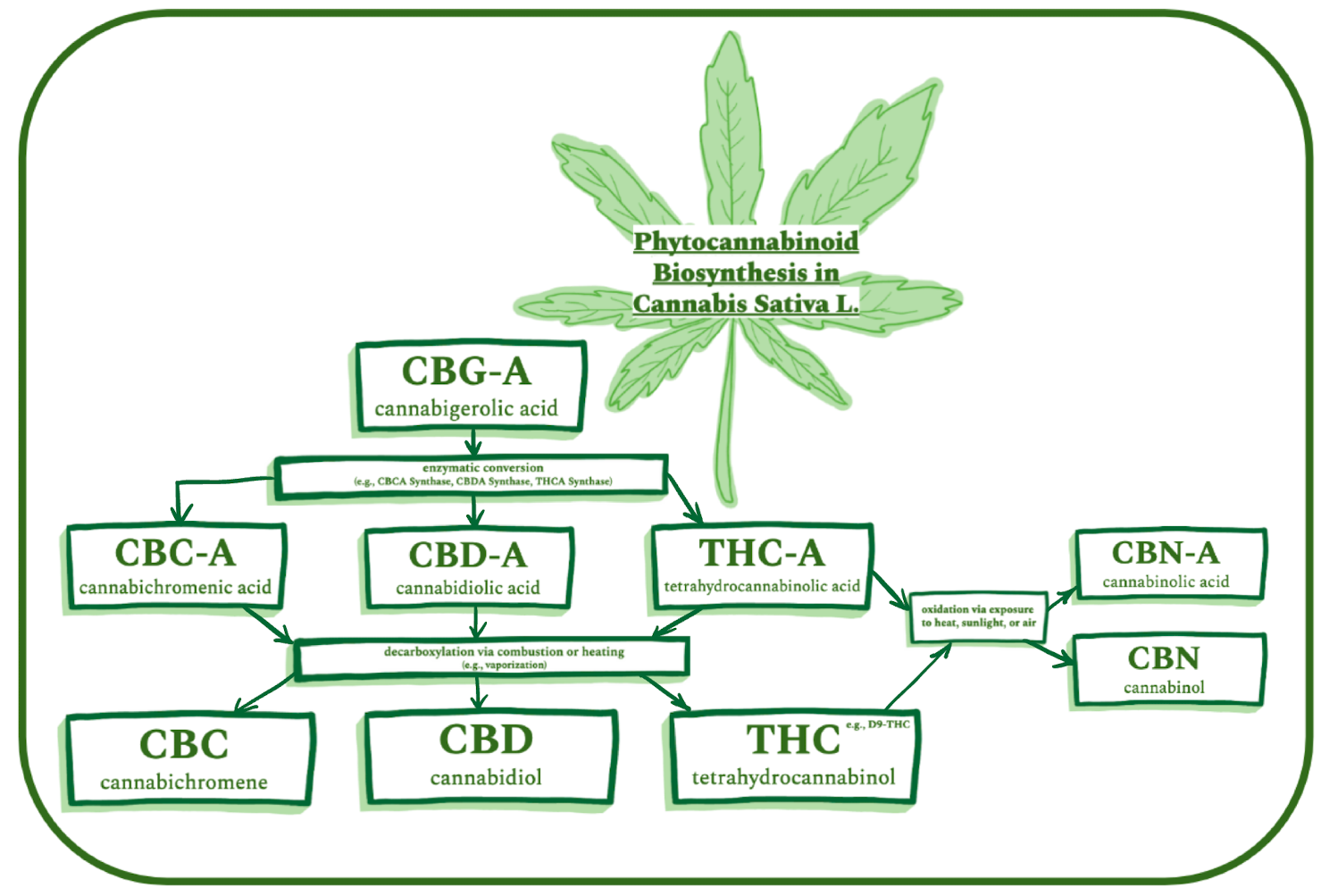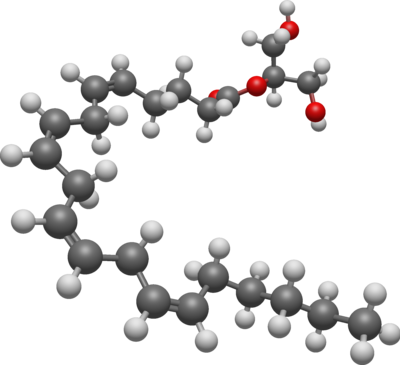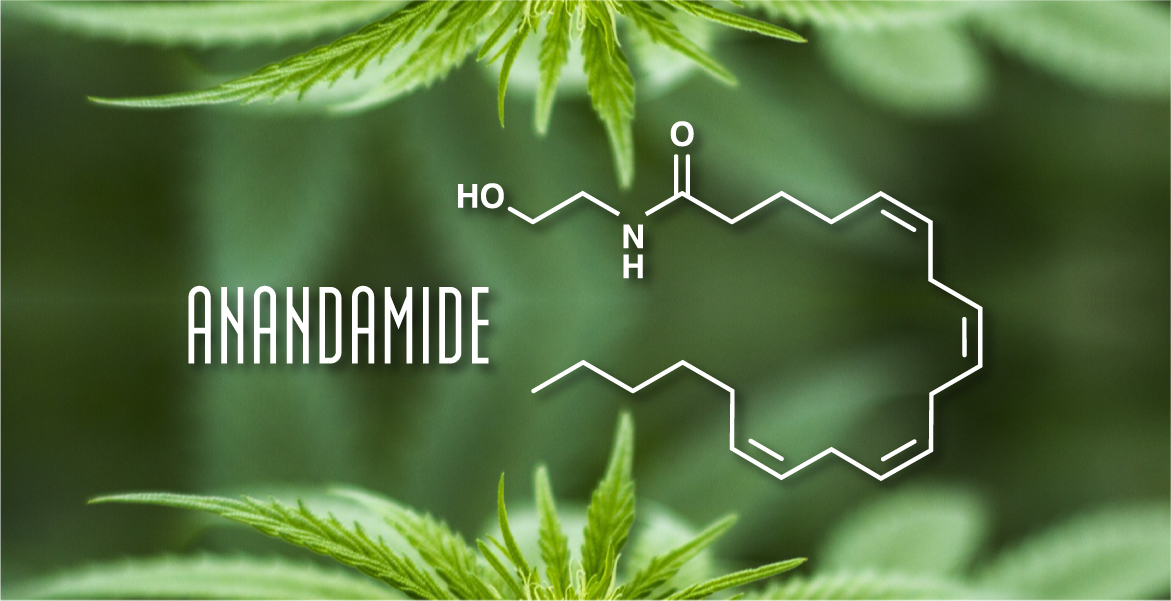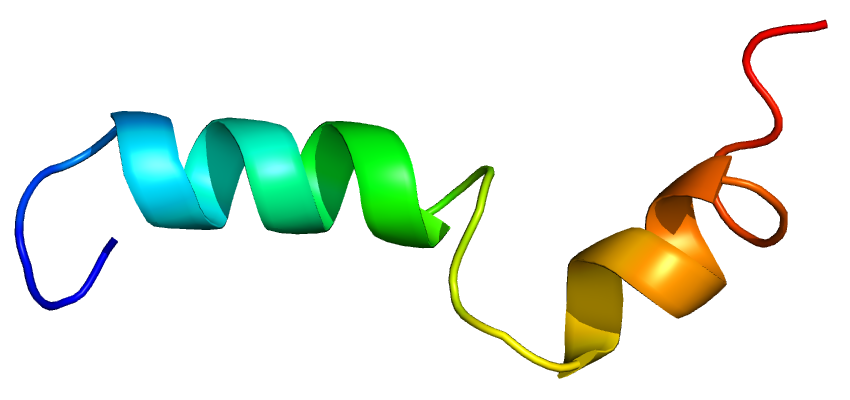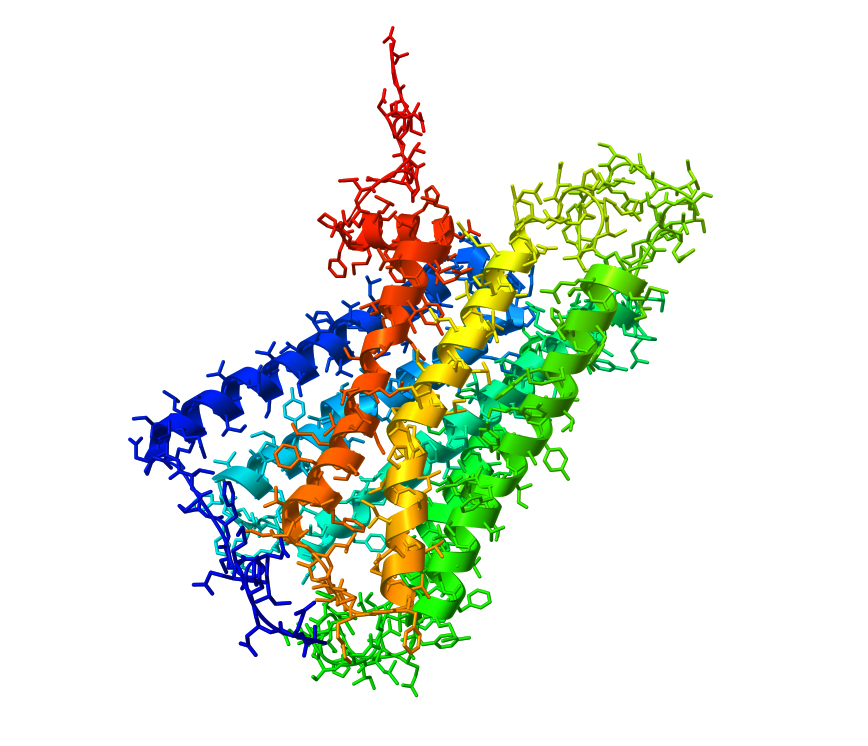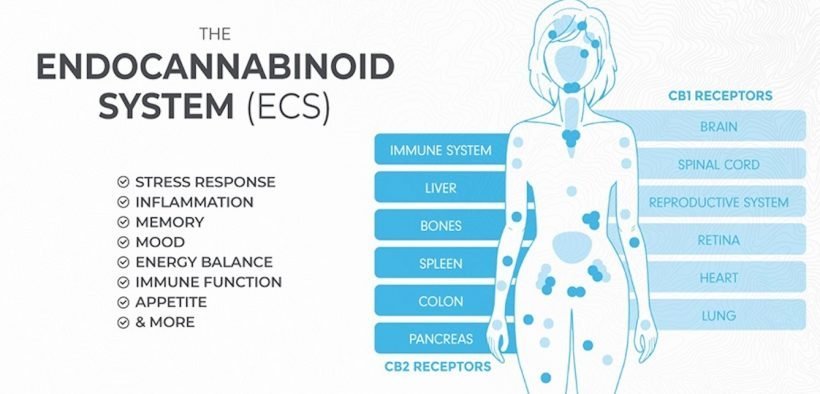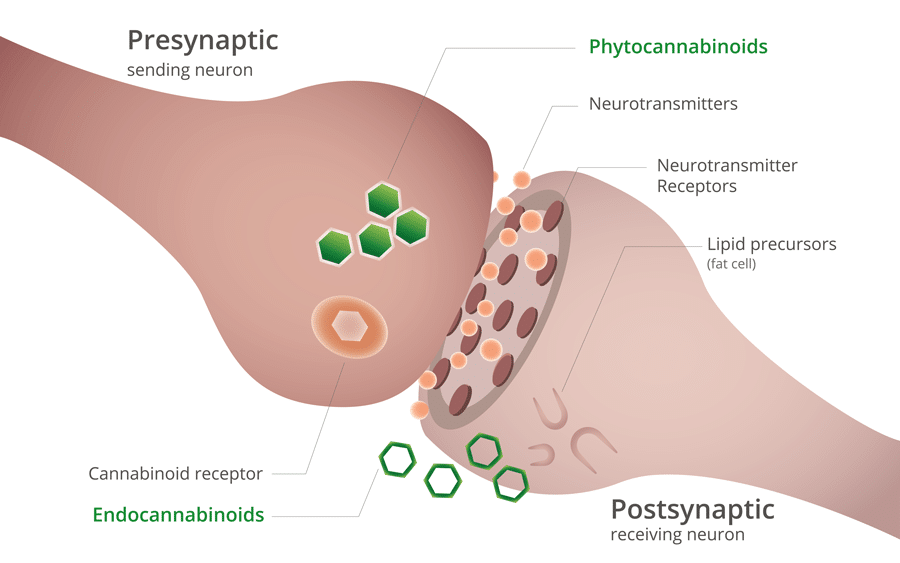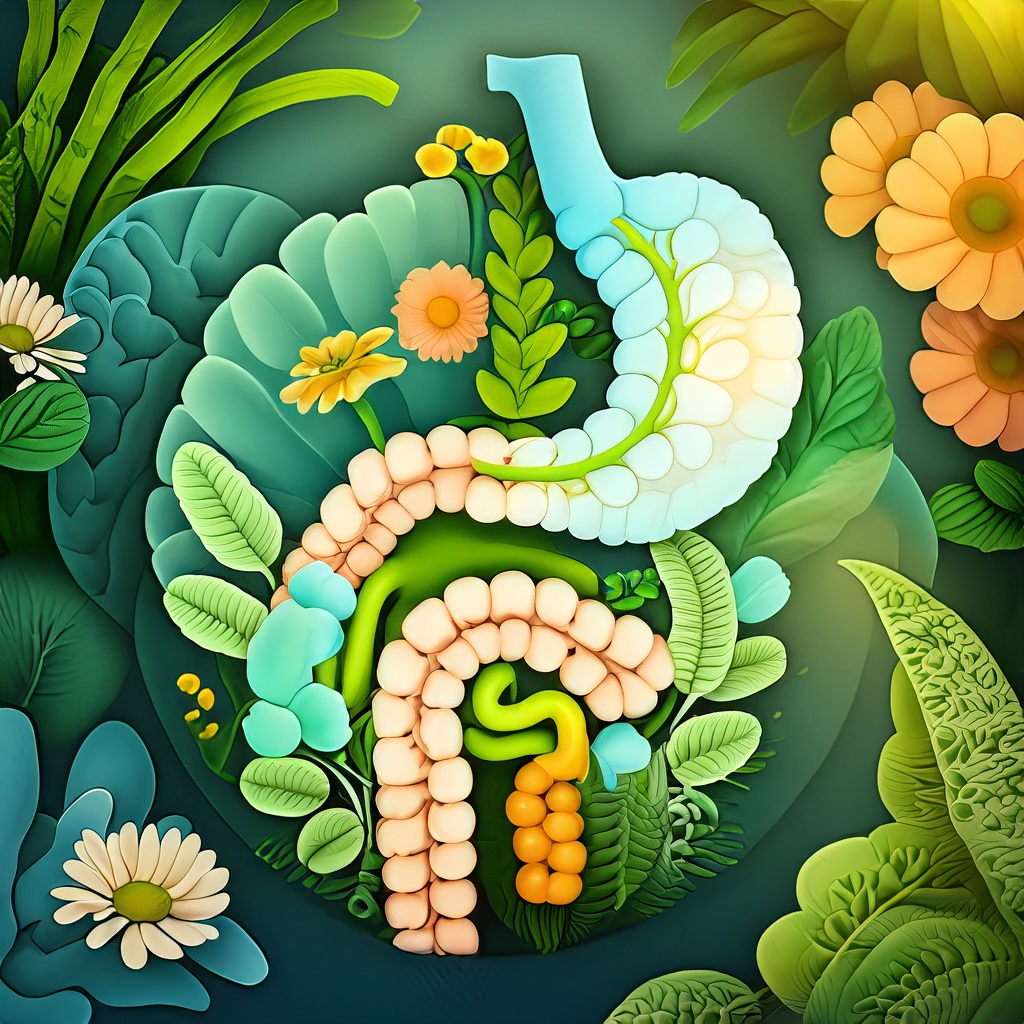
The festive season is a feast of food and drink, from one meal to the next, from cookies to chocolate, mandarins and the festive roast. While we usually enjoy the winter festive season with vacations, celebrations and gluttony, our intestines have to work overtime. Cannabinoids can support our intestines in their daily functions and contribute to gastrointestinal harmony and well-being. Learn all about how cannabis and the gastrointestinal tract harmonize in this blog post.
The body as a habitat for viruses, fungi and bacteria
When our gastrointestinal system is exposed to various stresses such as stress, lack of exercise, an unhealthy diet and sweet and alcoholic drinks, the gut suffers. We are adaptable and also quite tough, as evidenced by the fact that modern homo sapiens can live on fast food, sweet drinks and overly spicy food for their entire lives. And yet the gut suffers in these moments of unhealthy food intake. For thousands of years, it has been common worldwide to take cannabis with food. And today we can use the latest technologies to specifically investigate what is going on in detail and provide relief for many people. The intestine shows clear reactions to overeating and does not suffer silently like the liver. The most common symptoms of an overloaded bowel are diarrhea, nausea and constipation, and many of us are very familiar with the recommended remedies. In addition to hemp, countless home remedies, chemical preparations and therapeutic approaches are circulating for a healthy start to the New Year, all of which are aimed at balancing the so-called “gut microbiome*”. This refers to bacteria and fungi as well as certain virus strains, the effects of which do not make us humans ill, but keep us vital. In the course of evolution, tiny creatures, i.e. various microorganisms, have colonized the gastrointestinal tract and form a symbiotic relationship that is beneficial for everyone involved. They support each other in digestion as well as in the absorption of nutrients that are essential for the survival of both humans and microorganisms. The influence of healthy intestinal flora on our nervous system has now been proven by science. Numerous farmer’s sayings support the saying: “You are what you eat”, and the effect of cannabis as a remedy is similarly widely confirmed in the laboratory.
* Definition: The microbiome is the totality of all microorganisms(bacteria, archaea, viruses, fungi and protozoa) that colonize a macroorganism (human, animal, plant). Microbiomes can influence the immune system, the metabolism and the hormone system of their host.
Importance of the intestinal flora
Unlike toxic substances or supposedly magical remedies, cannabis binds to the organism via precisely fitting receptors. Yoghurt mixed with cannabinoids in the supermarket is still a dream of the future, but the intestinal flora can generally be stimulated by many foods or food supplements. There are countless products on the market that promote powerful microbial strains and feed them sufficiently so that unwanted pathogens quickly perish when they enter our bodies. The problem is that even the most expensive capsules, pills and tinctures barely make it to the intestinal flora if we continue with the sins of the modern lifestyle and disregard our gastrointestinal harmony.
You can find out exactly how and where cannabinoids affect our body in the previous blog post: https://www.herbadiberna.ch/starkes-immunsystem-durch-cbd-tropfen/
How hemp affects our gastrointestinal tract
While CB1 receptors are found in the brain, CB2 receptors are found in the intestine. Both are the so-called docking sites for cannabinoids in the hemp plant. A full-spectrum preparation influences these receptors and triggers a variety of positive effects in the body. Cannabinoids can activate anti-inflammatory processes via the gastrointestinal system, stimulate the immune system and also reduce stress levels.diseases such as multiple sclerosis could be treated by medical cannabis, as it has an anti-inflammatory effect and even affects a specific bacterium called “Akkermansia muciniphila”. (Source: Study by Charles M. Skinner)

Research on therapeutic cannabis and gut flora is not yet as extensive as in other areas, but medical and therapeutic professionals are beginning to recommend it for certain treatments.The method of consumption affects the effect of cannabis on the gastrointestinal system; smoking or vaporizing works faster and more intensely, while oral ingestion may be better tolerated and have a longer effect.There are beneficial aspects of hemp products, but potential drug interactions and possible side effects must be considered. It is best to discuss this with a medical professional, as according to current research, cannabis can help with irritable bowel syndrome, heartburn or constant constipation in many cases without complications, but can sometimes have side effects. Prudent consumption is still the best choice when trying hemp for yourself, even for the gastrointestinal system, until research has clarified the situation.
Conclusion
When we indulge in culinary delights, our intestines work hard. Cannabis as a full-spectrum preparation can help to support our gut and its function, especially in the New Year after the Christmas feasts. Our digestive system is sensitive: stress, lack of exercise and an unhealthy diet can affect it. The gut microbiome, consisting of bacteria, fungi and viruses, plays an essential role in our health and even influences our nervous system. Cannabinoids can have an anti-inflammatory effect via the CB2 receptors in the intestine, strengthen the immune system and reduce stress. Medical hemp shows promising approaches, especially for diseases such as multiple sclerosis. However, research into therapeutic cannabis and intestinal flora is still in its infancy. Although there are many benefits, interactions with medication and possible side effects must also be taken into account and clarified with medical professionals. Cannabis could be a natural alternative for gastrointestinal complaints, but it is also advisable to consult with specialists and stay up to date with the latest research.
Our recommendation for optimal gastrointestinal harmony
Source: https://l1nq.com/ugfNr





